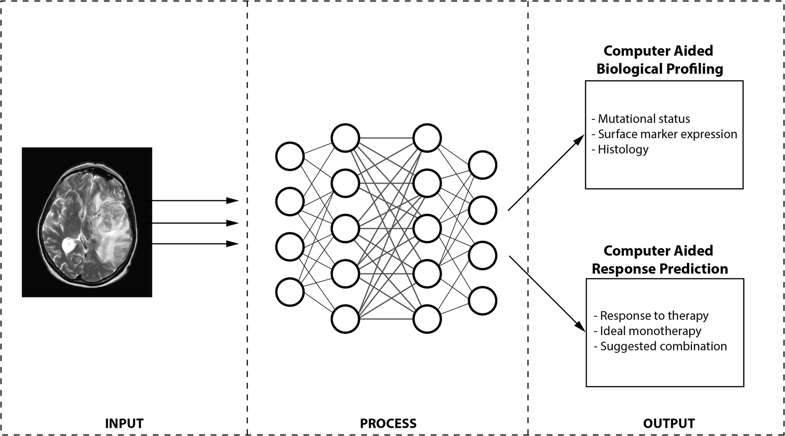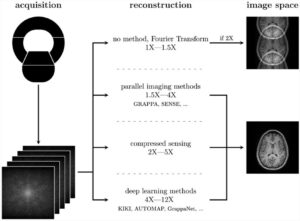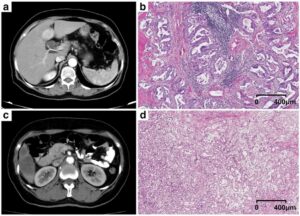This article aims to bring together the various technological developments that have taken place in medical imaging analysis and highlight a potential path for the future. While the term “medical image analysis” has classically referred to radiological images (CT, MRI, PET, etc.), we must also remember that digitalization occurred much earlier in other diagnostic disciplines like pathology (with pathomics) and genomics (where data-driven research has been performed for decades). Radiology is now joining this trend with the rise of quantitative imaging and AI-powered feature analysis/classification.
In the era of big data, the challenge for all clinicians will evolve from information extraction (i.e. history taking, lab tests, and imaging) to harnessing the massive data streams that can be generated from a single patient, subsequently linking them to clinically meaningful outcomes. From the radiological/radiomic perspective, we expressed what we believe to be the future direction that the field will take; namely better diagnosis (CAD), profiling (CABP), and treatment response prediction (CARP).
Our vision for the future is that each individual patient will be analyzed in a multidisciplinary tumor board from many different perspectives (clinically, (patho)biologically, genetically, and radiologically). All the important information extracted from the patient will be processed in an integration system where, based on input from the tumor boards, a guided diagnosis, patient stratification, and therapeutic response prediction is reached. This will translate to more tailored treatment plans for our patients and ultimately better outcomes.
The time has come for us to build bridges between the disciplines and embrace the new role of the diagnostic physicians in the future tumor board.
Key Points:
- The advent of quantitative imaging provides a unique opportunity to analyse patient images objectively.
- Radiomics and deep learning allow for a more detailed overview of the tumour (i.e., CAD, CARP, and CABP) from many different perspectives.
- As it currently stands, different medical disciplines have developed different stratification methods, primarily based on their own field—often to the exclusion of other departments.
- The digitalization of other specialties further opens the door for multidisciplinary integration.
- The long-term vision for precision medicine should focus on the development of integration strategies, wherein data derived from the patients themselves (via multiple disciplines) can be used to guide clinical decisions.
Article: Radiomics: a critical step towards integrated healthcare
Authors: Zuhir Bodalal, Stefano Trebeschi, and Regina Beets-Tan













